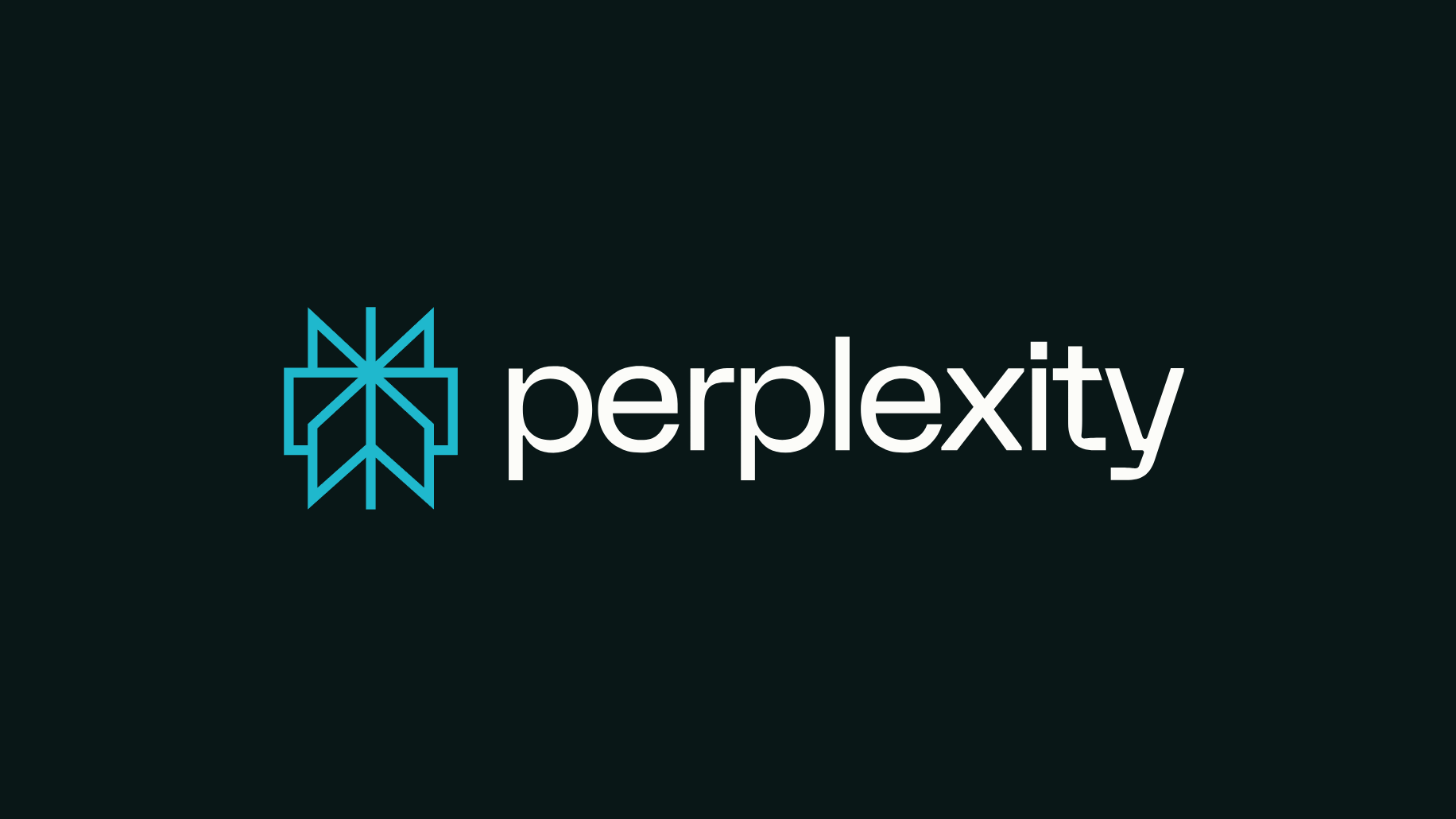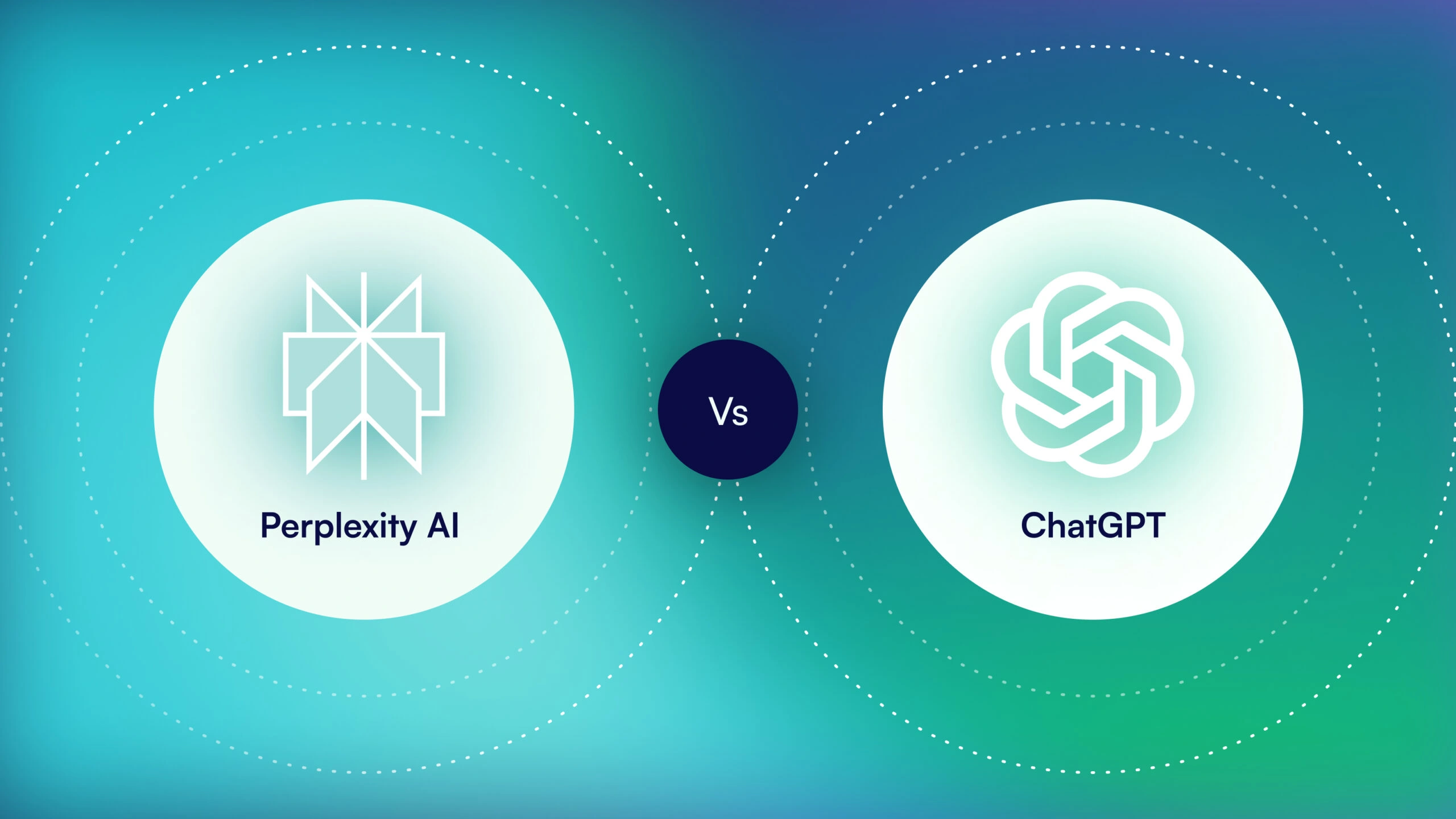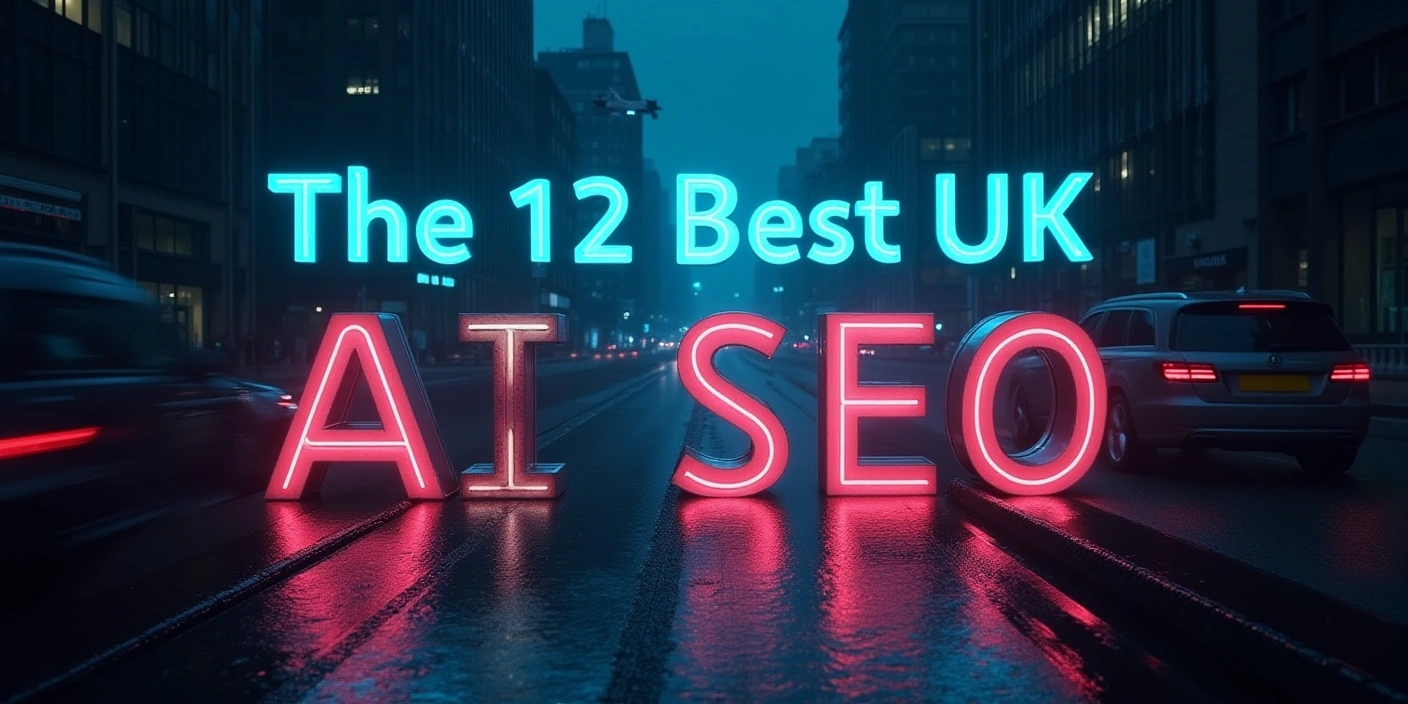How to Rank, Optimise and Win on Perplexity AI in 2026

Introduction - The New Search Frontier
Search has shifted from “10 blue links” to answer engines. Tools like Perplexity AI blend retrieval with generation, returning concise, cited answers. Users don’t browse; they ask - and expect trustworthy, sourced responses. For brands, that means visibility is now earned through structured authority: clear facts, consistent authorship, and credible citations.
This guide is your full playbook to rank on Perplexity and other AI search systems: how it works, what it rewards, the Appear Online Perplexity SEO framework, and a 90-day roadmap. We’ve embedded contextual links (e.g., Perplexity’s own Help Center and Google’s E-E-A-T content guidance) exactly where they matter.
What Is Perplexity AI?
Perplexity AI is a citation-first AI search engine. Unlike pure chat models that can hallucinate, Perplexity performs retrieval-augmented generation (RAG): it pulls from the live web, synthesises an answer, and shows its sources. Think of it as ChatGPT with Google’s index and PubMed’s references. You can browse plans, capabilities, and model availability within the official Perplexity Help Center.
Plans Overview (at a glance)
Perplexity offers three practical tiers. Free is perfect for light research: you get cited answers, limited queries, and a taste of real-time retrieval. Pro unlocks the real power - Pro Search, model switching (e.g., GPT-4, Claude, Gemini), workspaces/projects, and richer export options for briefs and reports. Max prioritises throughput and larger context windows, ideal for agencies or teams running multiple deep searches daily.
Choosing between them is simple: if you’re validating facts for content, PR, or SEO, Pro is the sweet spot; if you need speed and scale across stakeholders, go Max. Either way, citations and up-to-date sources remain the USP.
Why it matters: your content is more likely to be selected (and cited) when it’s clear, structured, and attributable.
How Perplexity Works - Retrieval, Context & Verification
Perplexity’s RAG pipeline parses the query, retrieves trustworthy documents, generates an answer, and scores confidence. Your job is to make your content the easiest, most credible candidate to cite.
The RAG Flow (and where to win)
Perplexity’s retrieval-augmented generation (RAG) pipeline parses intent, retrieves high-trust documents, synthesises an answer, and scores confidence.
To get cited, optimise for each step. Parsing: target natural, conversational phrasing in headings and FAQs. Retrieval: publish structured, factual pages with schema so you’re easier to fetch. Generation: write quotable paragraphs (50–80 words) with clear, verifiable statements and on-page citations. Confidence: refresh data quarterly and reference reputable non-competitors.
Internally link related pages to reinforce topical breadth. The more predictable your structure and provenance, the more often Perplexity selects you as a reliable building block.
Key takeaway: structure feeds visibility. Headings, lists, data points, and schema help Perplexity confidently cite you.
Why Perplexity Matters for SEO in 2026
AI search is now a standard discovery path. E-E-A-T (experience, expertise, authoritativeness, trust) still matters - but machines need it in machine-readable form. Perplexity rewards: accurate sources, clear authorship, structured facts, and freshness. See Google’s guidance on content quality for alignment.
👉 Explore AI SEO Services
Perplexity Ranking Signals (What It Seems to Reward)
Before you optimise, align your site to these levers. This is where we see consistent gains across categories.
How to Rank on Perplexity - The Appear Online Strategy
We specialise in AI search optimisation. Our Perplexity framework blends technical structure with authority building so your brand gets cited inside AI answers (not just “ranked” near them).
Phase 1 - Perplexity Audit & Opportunity Mapping
We baseline your “AI visibility”: where you’re already being cited (if at all), where competitors are, and which topics have the clearest citation upside. We map entities, authors, and schema coverage to uncover quick wins.
Phase 2 - Schema & Data Infrastructure
We implement Article, Organization, Author, FAQ, and Product/Service schema. We standardise addresses, names, credentials, and social links so AI engines can resolve your entity reliably.
Phase 3 - Content Re-Engineering for Answerability
We rewrite and orchestrate content for clarity, brevity, and citability: 50–80 word answer blocks, definitive statements, statistics with sources, and contextual links to non-competitor authorities.
Phase 4 - Authority Building & Citations
We secure placements with trade associations, membership bodies, media, university partners, and credible directories. We prioritise topical relevance over volume.
Phase 5 - Testing, Tracking & Reporting
We validate visibility in Perplexity Pro and other AI engines using controlled prompts. Monthly reporting shows changes in AI citations, impressions, and assisted conversions.
90-Day Perplexity SEO Roadmap
Split your programme into four beats. Weeks 1–2 (Baseline): run an AI visibility audit, entity map, and schema gap analysis; benchmark which pages already appear in AI answers. Weeks 3–4 (Structure): implement Organization/Author/Article/FAQ schema, fix crawl paths, and standardise author bios, credentials, and sourcing. Weeks 5–8 (Answerability): rewrite priority pages into concise, citeable blocks; add stats with authoritative links; publish supporting FAQs. Weeks 9–12 (Authority & Testing): earn trade/association citations, test prompts in Perplexity Pro, and iterate. Report on AI citations, impressions, and assisted conversions; roll improvements into Q2 content.
Insight: Perplexity rewards consistency. The more structured your site and authorship, the easier it becomes to cite you confidently across related queries.
Want us to implement this? 👉 Request an AI SEO Audit
Advanced Use for SEOs & Marketers
Perplexity isn’t just a research shortcut - it’s an intelligence engine for SEOs.
- Prompt chaining: Start broad, then narrow: overview → subtopic → counterpoints → citations.
- Brief generation: Export sources into content briefs, keeping citations intact.
- Entity validation: Ask Perplexity how it “describes” your brand; fix discrepancies with schema & copy.
- API & dashboards: Pipe cited insights into reporting to cut manual research time.
Used alongside tools like PageOptimizer Pro, Surfer, Ahrefs, and your analytics stack, Perplexity can speed up planning and raise the quality bar with verifiable sources.
Perplexity vs ChatGPT vs Gemini vs Claude
From a marketing workflow angle: Perplexity speeds research, competitor scanning, and reference gathering with confidence-scored sources; it’s your “truth layer.” ChatGPT accelerates copy variants, hooks, and social snippets; ideal for fast creative. Gemini supports asset-rich briefs and visual search - handy for eCommerce or product marketing.
Claude maintains coherence across long documents (playbooks, policies, technical docs). Pair them: verify with Perplexity, outline in Claude, draft in ChatGPT, enrich visuals via Gemini. Measure impact via reduced research time, higher citation quality, and improved accuracy rates in published content and PR.
Bottom line: for verifiable, source-backed answers, Perplexity is the frontrunner.
Common Perplexity Mistakes (and How to Fix Them)
Typical pitfalls include thin claims (no stats or sources), missing schema (AI can’t resolve entities), over-optimised prompts (unnatural phrasing), stale data (confidence drops), and unclear authorship (no bios/credentials). Fix them by: adding Organization/Author/Article/FAQ schema; writing short, definitive paragraphs with embedded reputable links; updating figures quarterly; and showcasing expert authorship (bio, qualifications, case studies, awards).
Also avoid generic listicles - Perplexity prioritises precise, citeable detail. Finally, interlink related content to signal topical depth and ensure your internal anchors mirror real user questions Perplexity is likely to parse.
The Perplexity Transparency Moment (and Why It Helps You)
In late 2025, Perplexity drew criticism over unlicensed data usage. The aftermath pushed greater transparency: clearer citations, stronger provenance, and improved user trust. Brands that publish original, well-sourced, structured content are now better positioned to be quoted by default.
The Future: Answer Engine Optimisation (AEO)
By 2027, your audience will read AI summaries more than SERPs. Preparation looks like this:
- Structure everything (facts, steps, definitions, stats).
- Own your entities (consistent brand/author details across the web).
- Publish evidence (benchmarks, case studies, comparisons).
- Earn citations (trade bodies, research, credible media).
Want your brand cited inside AI answers? 👉 Speak to Appear Online

FAQs - Everything You Need to Know About Perplexity & AI SEO
1) Is Perplexity better than ChatGPT for SEO research?
For fact-checked answers with sources, yes. ChatGPT is superb for drafting; Perplexity is stronger for verifiable evidence.
2) How do I make my content “cite-ready”?
Use short answer blocks, add data points, link to authoritative sources, and include schema + author credentials.
3) What schema types matter most?
Organization, Author, Article, FAQ (and Product/Service where relevant).
4) Can I track Perplexity citations?
Yes - via manual prompt testing and analytics annotations. We include AI citation tracking in our reporting.
5) How often should content be updated?
Every 3–6 months. Replace stale stats, update examples, and refresh sources.
6) Do backlinks still matter in AI search?
Yes - when they’re topically relevant and authoritative (trade bodies, associations, credible media).
7) Does Perplexity have a mobile app?
Yes - iOS and Android.
8) Is Pro worth it?
For teams and agencies: absolutely. Model switching, Pro Search, and exports speed up research & briefing.
9) Can Perplexity help with E-E-A-T?
Indirectly. It rewards pages that already demonstrate E-E-A-T with citations.
10) What industries benefit most?
Law, health, finance, manufacturing, education - any industry where trust and proof matter.
11) Will AI search replace Google?
It’s not either/or. Expect hybrid habits: AI answers first, SERP deep-dives second.
12) How does Appear Online implement Perplexity SEO?
Audit → schema → answer-block rewrites → authority → AI testing → reporting.
13) What’s a realistic timeline to get cited?
You can see movement in 6–10 weeks; compounding gains over 3 months.
14) Should we add a blog just for Perplexity?
Not “just for Perplexity” - but your high-intent pages should be structured for AI answers.
15) What if competitors already dominate?
Beat them with freshness, stronger schema, and better evidence (original data, case studies, expert quotes).
Final Word
Perplexity isn’t a trend - it’s the new interface of trust. If your brand wants to be quoted (not just listed), your content must be structured, sourced, and authored to be citation-worthy.
Appear Online builds that system for you - from schema foundations to AI-friendly content and authority that AI engines choose to cite.
👉 Request an AI SEO Audit
References:
https://cloud.google.com/use-cases/retrieval-augmented-generation
https://developers.google.com/search/docs/fundamentals/creating-helpful-content
https://www.perplexity.ai/hub/about
https://www.perplexity.ai/page/rag-prototype-to-production-52QMt.sASeaVlsXjyi2GCA
https://searchengineland.com/seo-isnt-just-10-blue-links-anymore-453123
.avif)







